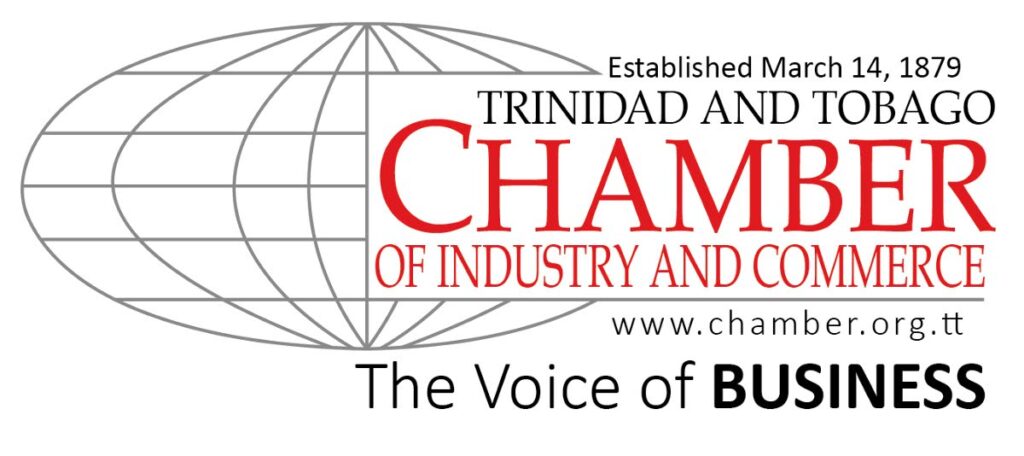Go orange: Tap into cultural, creative industries

In our endeavour to find sustainable business opportunities and develop our base economy to be less dependent on oil and gas, we may miss a boat if we don’t act urgently.
Carnival is a major example of the value to be gained from the untapped sector that is termed "the orange economy."
The Inter-American Development Bank (IDB) uses the term orange economy to describe the cultural and creative industries.
Architecture, visual and performing arts, crafts, film, design, publishing, research and development, games and toys, fashion, music, advertising, software, TV, radio and video games are some of the sectors that make up the orange economy.
John Howkins, one of the most influential researchers on the topic, calls the trade in creative goods and services – mindfactures.
Did you know that if the orange economy were a country, measured in trillions of dollars, it would be the fourth largest economy in the world after the US, China and Japan? It would be the ninth-largest exporter and the fourth-largest labour force with 144 million workers.
Where does Trinidad and Tobago fit? Are we considering the potential of this sector seriously enough?
It's an economic sector fuelled by the imagination with limitless potential, ready to export.
In an era of mental health awareness, one of the pieces of advice given is for the expression of emotions and self via creativity.
Think of the youth and the rest of the population who are not academically inclined but who are mega-talented and masters with a paintbrush or steelpan.
Are we as a nation ensuring we equip them to monetise their skillset so they can be included in and benefit from our economic foundation?

In fact, jobs in the creative economy tend to favour youth and women, according to the UN Development Programme (UNDP).
There is ample opportunity for public-private sector partnerships in TT, which can capture foreign currency via foreign direct-investment streams.
In 2021, the Dominican Republic recorded US$152 million in revenue from the film sector alone.
Last week Jamaica launched the Jamaica Screen Development Initiative (JSDI), an approximate US$6.3 million investment in its film industry, which presents an opportunity for the country to diversify its economic base and increase its foreign exchange.
If you’re not convinced that we need to take action, then here’s what an expert said. Margarita R Seminario at the Centre for Strategic International Studies said, "The creative economy is also less volatile than resource-based sectors such as oil and manufacturing, as it is not subject to the same natural scarcity restrictions. For example, whereas oil exports in 2009 contracted 40 per cent as a result of the global recession, creative goods and services contracted only 12 per cent and quickly recovered, growing 4.3 per cent per year since the recession."
Tourism. When this word is uttered, sighs of dismay and disenchantment often fill the conversation.
Why? TT has so much to offer in this regard, but we need to integrate it into our culture.
It raises the question: How patriotic are we as a people? That may be a starting point.
Pause and see what comes to mind when you hear talk of culinary, literary, cultural, medical, eco- and sports tourism.
It is time for us to get our act together. So how do we do this? Where do we start?
Firstly, we do not start with believing that a grant will make these business models economically viable.
The orange economy committee of the TT Chamber of Industry and Commerce was established to closely examine all aspects of the orange economy, formulate suggestions for economic advancements with a specific view of developing public-private sector partnerships, recommend solutions to the infrastructural gaps and chart a projection for a three-five-year growth trajectory.
We cannot solve all the issues overnight, but we can create the bridges to get us there so the masses can cross over successfully.
Many who have been involved in this sector for decades express disenchantment felt out of frustration of knowing the potential.
Hopefully, this new initiative will allow us to pave a new pathway to prosperity. The IDB noted that by developing an orange economy, it is possible to bridge social divides and bring together the disadvantaged with the privileged around a common goal, as many are motivated to employ the orange economy’s tools for social integration.
This is an economy that is built from the potential of the human spirit as an expression of self-consciousness.
There’s no time like the present – go orange.


Comments
"Go orange: Tap into cultural, creative industries"